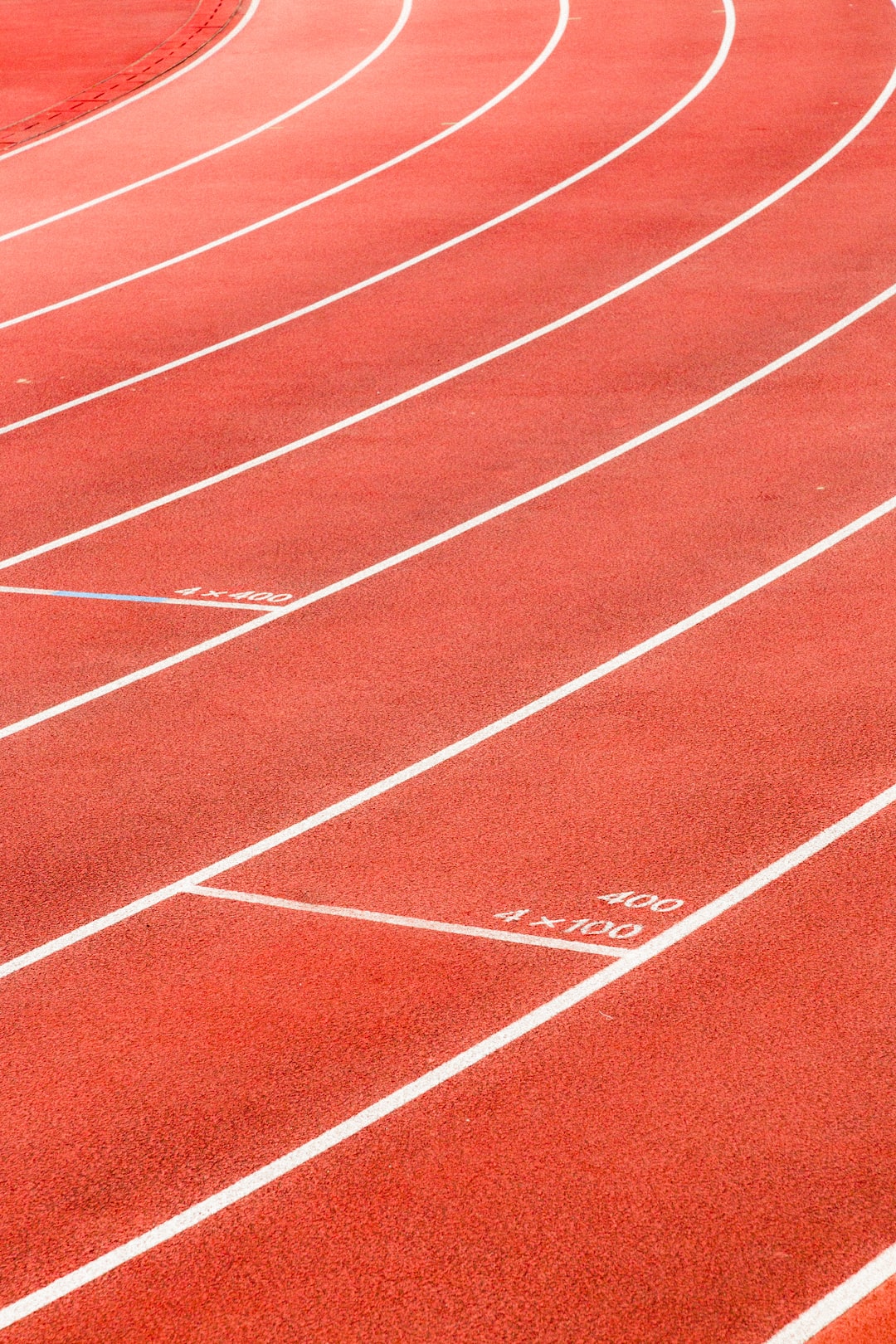Do you ever wonder what it takes to be a competitive swimmer? The world of competitive swimming is a unique domain that requires a combination of physical strength, mental endurance, and meticulous technique. As one of the most popular Olympic sports, swimming demands an extensive training regimen and impeccable techniques to propel athletes through the water at astonishing speeds. In this blog post, we will explore the fascinating world of competitive swimming, delve into some of the most effective training methods, and uncover the secrets behind swimmers’ remarkable techniques.
First and foremost, one cannot underestimate the importance of technique in competitive swimming. Laying the foundation for success, proper technique plays a pivotal role in minimizing drag and maximizing propulsion. A swimmer’s technique is a delicate balance between the movements of their arms, legs, and body positioning. The butterfly stroke, for example, requires a simultaneous and coordinated dolphin kick, arm pull, and breathing technique. By perfecting these intricate movements, swimmers can conserve energy and propel themselves faster through the water.
To achieve such precision, competitive swimmers meticulously break down their strokes into smaller components. These components are then repetitively practiced to allow muscle memory to take over during races. Drills play a crucial part in technique development. Swimmers isolate specific movements, such as the catch or the kick, to refine their form. These drills force swimmers to focus on specific aspects of their strokes, iron out any imperfections, and gradually build muscle memory.
However, technique alone is not enough to excel in the world of competitive swimming. A rigorous training regimen must accompany a swimmer’s dedication to their craft. Swimmers follow meticulously planned training programs that encompass various aspects, including endurance, strength, and speed training.
Endurance training involves long-distance swims and builds a swimmer’s cardiovascular fitness, teaching them to sustain their speed over extended periods. Distance training is usually complemented by interval training, where swimmers alternate between high-intensity efforts and periods of rest. Interval training helps swimmers develop a strong anaerobic capacity, allowing them to maintain high speeds during races.
Strength training is another essential component of a competitive swimmer’s training program. It includes resistance exercises that target the muscles used during swimming, such as the shoulders, core, and legs. By building strength, swimmers enhance their power and ability to generate force, resulting in faster swim times.
Speed training is the final piece of the puzzle. To swim faster, swimmers engage in sprint drills and races that challenge their explosive power and quickness. These training sessions focus on race-specific skill development, starts, turns, and finishes, as well as speed building through interval sets.
Aside from the physical demands, competitive swimmers must also develop mental fortitude. Swimming races can be mentally grueling, requiring focus, determination, and the ability to push through physical pain. To prepare mentally, swimmers incorporate visualization techniques, meditation, and goal setting into their training routines. By visualizing their races and setting achievable goals, swimmers can improve their performance and maintain their mental resilience under pressure.
The world of competitive swimming is captivating, from the impeccable techniques to the intensive training methods swimmers employ. Technique refinement, endurance training, strength building, and mental fortitude are the cornerstones of success in this sport. Next time you watch swimmers glide effortlessly across the water, remember the meticulous training they undergo to make it seem so effortless.

